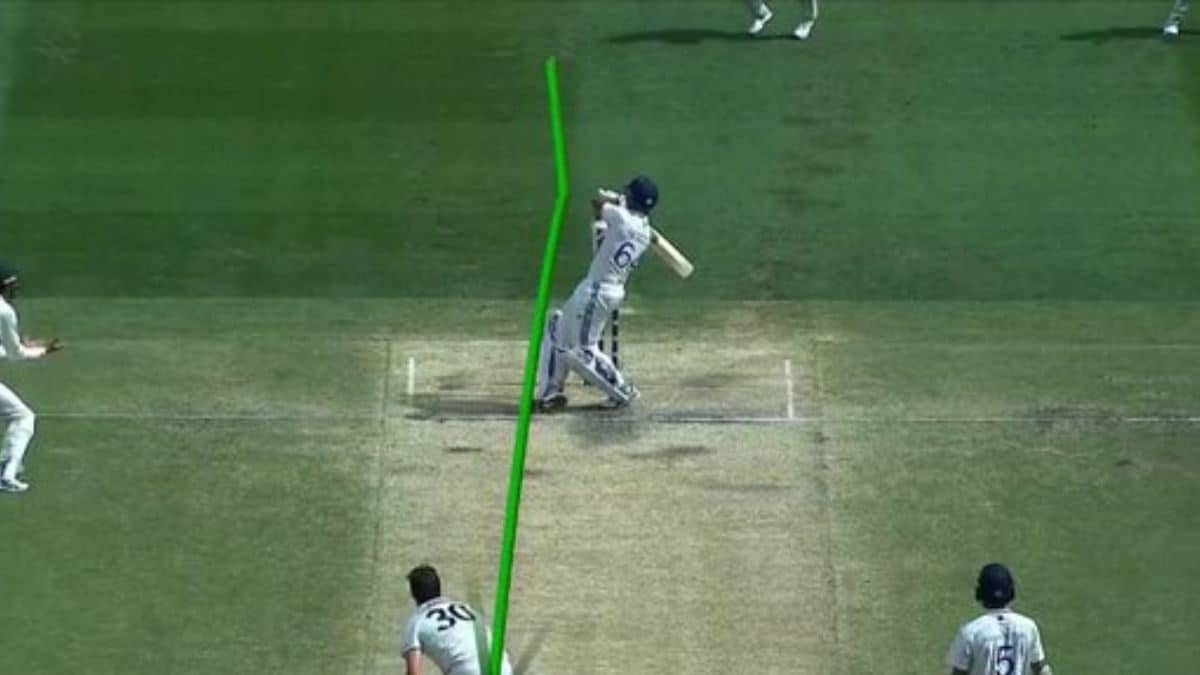 |
|
The controversial dismissal of Indian batsman Yashasvi Jaiswal during the Boxing Day Test against Australia has ignited a firestorm of debate within the cricket world. Jaiswal, a key player in India's batting lineup, was given out LBW after a review by the third umpire, Saikat Sharfuddoula, despite the absence of a clear spike on the snickometer. This decision, which proved pivotal in Australia's eventual victory, led to outrage from Indian fans and experts alike, with many questioning the validity of the umpire's call. The incident underscores the ongoing complexities and sometimes subjective nature of Decision Review System (DRS) technology in modern cricket, highlighting the need for greater clarity and consistency in its application.
Former international umpire Simon Taufel, known for his astute judgment and insightful analysis, weighed in on the controversy, offering a measured perspective on the decision. He unequivocally defended the third umpire's ruling, emphasizing the precedence of visual evidence over technological confirmation. Taufel's explanation centers on the established hierarchy within DRS protocols, prioritizing clear visual evidence of a deflection off the bat or gloves as conclusive proof of a dismissal. He stated that the presence of a clear deflection obviates the need for corroborating evidence from other technological tools, such as the snickometer, arguing that the reliance on secondary technologies in such cases can lead to inconsistencies and erroneous decisions.
Taufel's statement clarifies the umpire's interpretation of the DRS protocols and the hierarchy of evidence used in making such rulings. He pointed out that while the snickometer failed to detect a clear spike, the visible deflection of the ball off Jaiswal's bat or glove constituted sufficient evidence for the 'out' decision. This interpretation raises critical questions about the operational guidelines of DRS and the relative importance of different forms of technological evidence in determining dismissals. It is a significant matter because the reliance on visual interpretations often leaves room for subjective assessment, which can vary considerably between different umpires and further complicate the objective of creating a fair and consistent standard of adjudication.
The controversy surrounding Jaiswal's dismissal is not merely an isolated incident but a reflection of broader challenges faced by the implementation of DRS in cricket. The system, while intended to improve accuracy and fairness, often becomes a source of contention due to inconsistencies in its application and the subjective interpretations of visual evidence. This inconsistency underscores the need for a more transparent and standardized approach to DRS implementation, ensuring that the established protocols are uniformly applied across different matches and jurisdictions. Furthermore, clear guidelines and training programs for umpires are essential to minimize inconsistencies in their interpretation of visual evidence and ensure the consistent application of the DRS.
Beyond the technical aspects of DRS, the Jaiswal dismissal also raises questions about the emotional impact of controversial decisions on players and fans. The intense emotions displayed by Indian fans at the Melbourne Cricket Ground, including chants of 'cheater-cheater,' reflect the highly charged environment of international cricket and the powerful connection between fans and their teams. While the rules and regulations of the game are designed to maintain fairness and sportsmanship, the subjective interpretations inherent in the application of DRS can significantly impact these aspects, leading to heightened emotional responses and potential disruptions to the spirit of the game. A comprehensive approach toward addressing these factors is essential to foster fairness, uphold the integrity of the game, and minimize the emotional fallout from controversial decisions.
In conclusion, the Yashasvi Jaiswal dismissal incident serves as a critical case study for examining the intricacies of DRS technology, the interpretation of umpiring protocols, and the broader emotional dynamics of international cricket. While Taufel's explanation offers a justifiable interpretation of the umpire's call, it also highlights the need for further refinement and greater clarity in DRS guidelines, enhanced umpire training, and a more thoughtful approach to mitigating the emotional impact of controversial decisions on players and fans alike. The ultimate goal must remain to maintain the fairness and integrity of the game while minimizing disruptions caused by subjective interpretations and technological limitations.
Source: ‘The Third Umpire Did Make…’: Simon Taufel’s Logic Explains Yashasvi Jaiswal’s Dismissal Controversy
